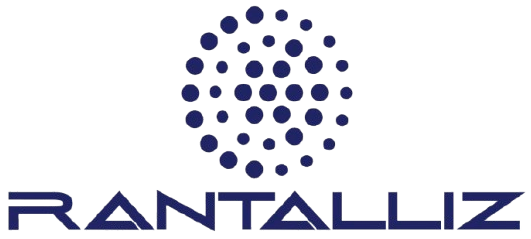
Infectious diseases are caused by pathogens invading the body.
They fall into four major types.
Bacterial infections range from relatively minor such as skin or gastrointestinal infections, to serious and life-threatening, such as bloodstream infections or pneumonia. Most bacteria are classified as Gram-positive or Gram-negative.
Fungal infections range from athlete’s foot or vaginal thrush to life-threatening, invasive infections in immunocompromised patients, such as those with cancer.
Viral infections range from common, self-resolving colds, to serious, long-term infections like hepatitis C. Vaccinations can help prevent viral infections from occurring in the first place.
Parasitic infections can affect anyone, anywhere, but are a particular burden on people living in the tropics and subtropics. They’re caused by an organism living on or in a host and include malaria, toxoplasmosis, and intestinal worms.
Challenges and Impacts
Infectious diseases pose significant challenges to global health, economies, and social stability. Here are five major challenges associated with them.,
1. Antimicrobial Resistance (AMR)
Challenge: The overuse and misuse of antibiotics, antivirals, and antifungals have led to pathogens evolving resistance, making infections harder to treat.
Impact:
- Increased mortality due to untreatable infections (e.g., drug-resistant TB, MRSA).
- Higher healthcare costs due to prolonged treatments and need for advanced drugs.
- Threatens modern medicine (e.g., surgeries, chemotherapy) where infection control is critical.
Solution Required:Stricter antibiotic stewardship, development of new drugs, and global surveillance.
2. Emerging and Re-emerging Infectious Diseases
Challenge: New pathogens (e.g., COVID-19, Ebola) and resurging old ones (e.g., measles, cholera) continue to emerge due to factors like deforestation, climate change, and urbanization.
Impact:
- Pandemics disrupt healthcare systems and economies.
- Zoonotic spillovers (animal-to-human transmission) increase disease risks.
- Vaccine hesitancy contributes to the resurgence of preventable diseases.
Solution Required:Stronger global surveillance, One Health approaches (linking human, animal, and environmental health), and rapid vaccine development.
3. Inequitable Access to Healthcare and Vaccines
Challenge: Low-income countries often lack vaccines, diagnostics, and treatments, leading to higher disease burdens.
Impact:
- Diseases like malaria, HIV, and tuberculosis disproportionately affect poorer regions.
- Vaccine nationalism during pandemics (e.g., COVID-19) leaves vulnerable populations unprotected.
- Weak health infrastructure delays outbreak responses.
Solution Required:Global cooperation (e.g., COVAX for vaccines), funding for health systems, and technology transfer to boost local production.
4. Climate Change and Disease Spread
Challenge: Rising temperatures and changing weather patterns expand the habitats of disease vectors (e.g., mosquitoes, ticks).
Impact:
- Increased spread of vector-borne diseases (malaria, dengue, Lyme disease) to new regions.
- Waterborne diseases (cholera) surge due to floods and poor sanitation.
- Displacement from climate disasters leads to overcrowding and disease outbreaks.
Solution Required:Climate-resilient health systems, vector control programs, and predictive modeling for outbreaks.
5. Misinformation and Vaccine Hesitancy
Challenge: False claims about diseases and vaccines spread rapidly, reducing public trust in science.
Impact:
- Low vaccination rates lead to preventable outbreaks (e.g., measles resurgence).
- Delayed responses during pandemics (e.g., COVID-19 denialism increased deaths).
- Erosion of public health authority effectiveness.
Solution Required:Strong science communication, social media regulation, and community engagement to build trust.
